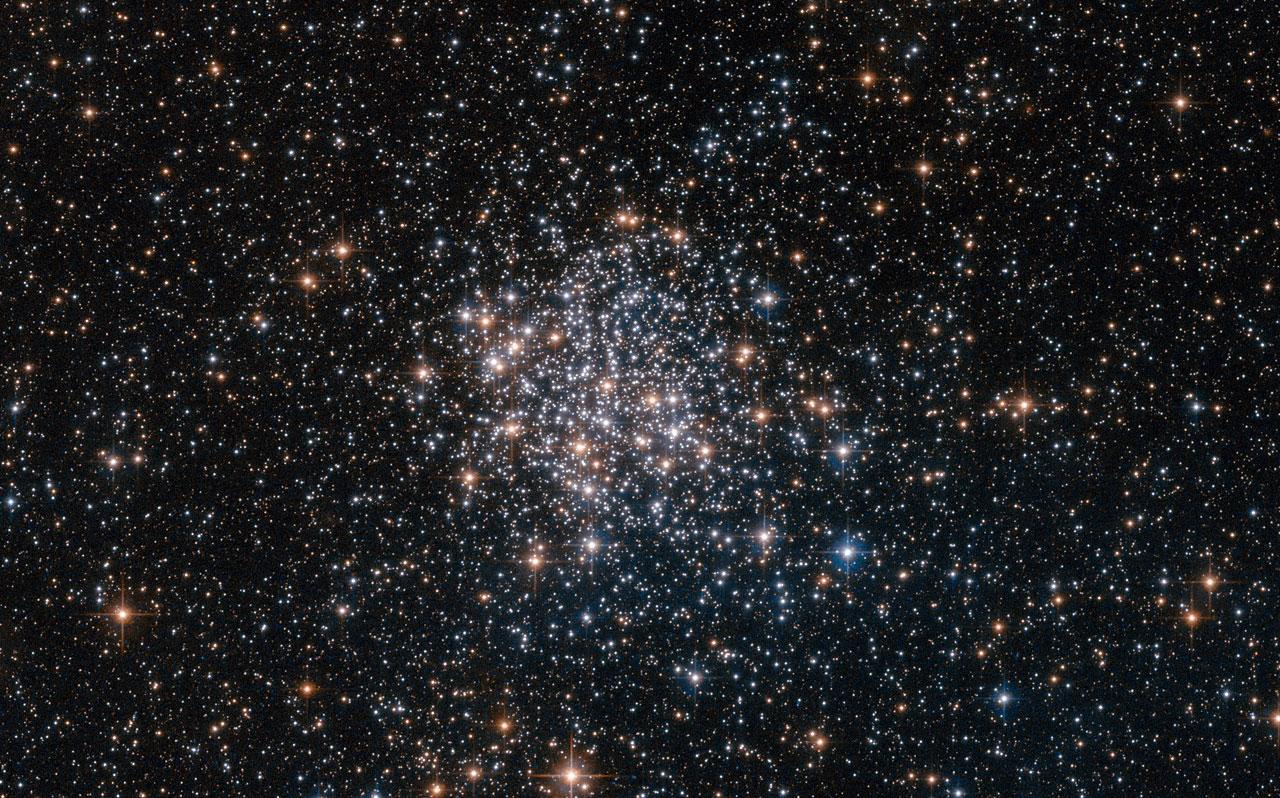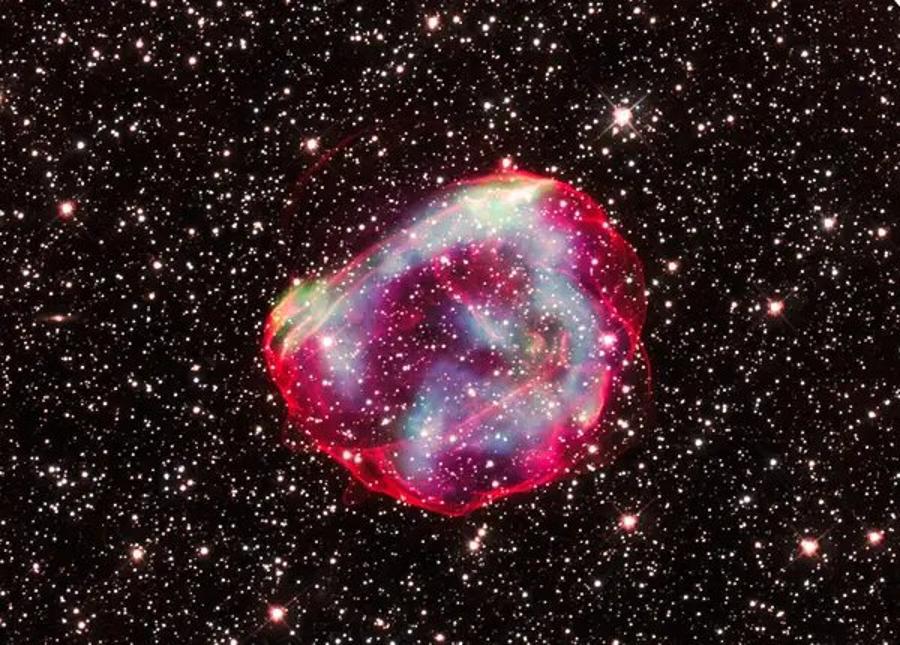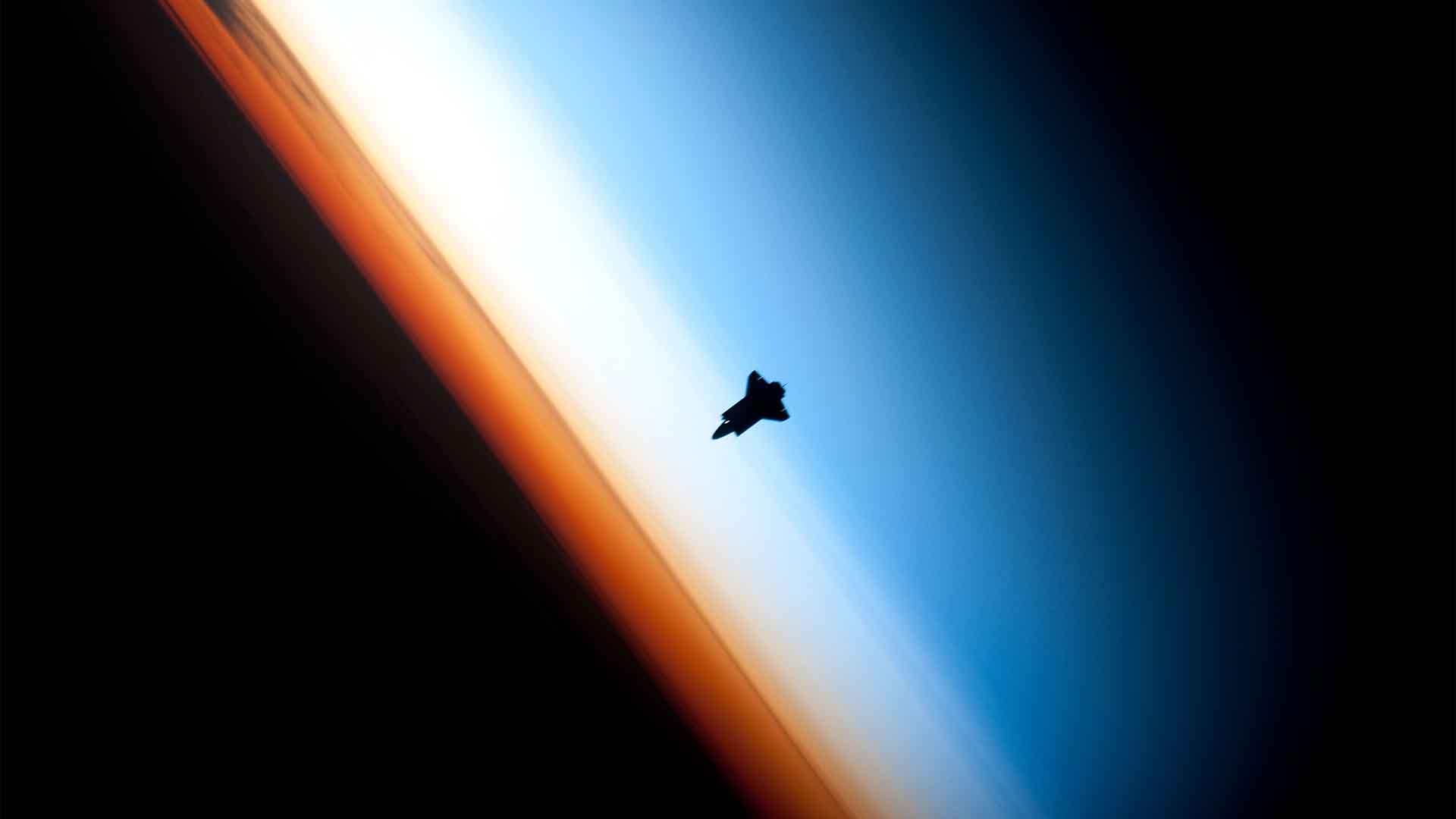Researchers Are Turning Sci-Fi Dreams of Warp Speed Into Reality
It’s the technology we’ve seen in some of our favorite sci-fi media: Han Solo sending the Millennium Falcon into hyperdrive or the USS Enterprise launching into warp drive to travel from planet to planet.
This sci-fi technology might not be so futuristic anymore thanks to a breakthrough in light-speed propulsion.
Creating the Theory
Inspired by the sci-fi technology of his favorite franchises, Mexican physicist Miguel Alcubierre Moya has spent the last few decades investigating the feasibility of a real method for light-speed propulsion.

Source: Freepik
In his recent paper, which stunned the theoretical physicist community, Moya may have found the quickest way to travel from Point A to Point B.
The Possibility of Warp Speed
Named after the physicist, Alcubierre warp drives hypothetically contracted spacetime in front of the spaceship while expanding the spacetime behind it. By distorting spacetime–the continuum enfolding the three dimensions of space and time–the ship would look like it is moving faster than the speed of light.

Source: Wikimedia
Observers inside the craft would feel no acceleration forces as they move through space in the blink of an eye.
The Theory Works With Negative Energy
If Alcubierre warp drive does work, then it could revolutionize space travel, allowing humanity to reach our closest solar system, Alpha Centauri, which is located four light years away, in days or weeks.

Source: Wikimedia
In theory, the technology demanded to make warp drive possible would need to take in plenty of negative energy. At least that was the thought until recently.
A Possible Answer to Warp Travel
A team of physicists from the University of Alabama in Huntsville worked with the Advanced Propulsion Laboratory at Applied Physics in New York to develop a new model that could make warp drive possible without negative energy.

Source: Wikimedia
In their paper, which was published in the journal Classical and Quantum Gravity, the researchers describe the technique that could create a warp bubble without negative energy.
A New Model of Stable Matter
The researchers believe that a new, advanced blending of traditional and novel gravitational techniques could be used to create a “warp bubble” that could transport objects at high, yet still subluminal, speeds.

Source: Kevin Carter/Getty Images
The new model uses a stable matter shell combined with a shift vector distribution, which closely approximates the Alcubierre metric proposed in 1994, rather than using negative energy.
The Power of Positive Energy
Positive energy makes all the difference when trying to solve the problem of bending spacetime. Unlike negative energy, positive energy does not violate the laws of physics, and there is an actual way to harness it.

Source: Freepik
“This work changes the conversation about warp drives,” said Jared Fuchs, the principal author of the paper.
Creating the Warp Bubble
A more practical approach involves using conventional positive energy to create the “warp bubble.” True to its name, this is a spherical structure that envelops a passenger ship in a shell of ordinary—albeit extremely dense—matter.

Source: NASA
The bubble moves the spaceship by harnessing the intense gravity of this shell, all while preventing the passengers from experiencing any sensation of acceleration. “An elevator ride would be more exciting,” Gianni Martire, CEO of Applied Physics and co-author of the paper, said.
A Warp Bubble That Adheres to Science
Although nothing can travel faster than the speed of light, according to the gravity-bound principles of Albert Einstein’s theory of general relativity, the warp bubble is designed so that observers within the local spacetime environment can experience normal movement in time.

Source: Wikimedia
The walls of the bubble are generating the necessary momentum to contain the craft as it moves incredibly fast. “It’s the movement of the matter in the walls that actually creates the effect for passengers on the inside,” Fuchs explains.
Limitations to the Science
“That’s the chief limitation and key challenge we have to overcome—how can we have all this matter in our [bubble], but not at such a scale that we can never even put it together?” Martire says.

Source: Wikimedia
The possible answer could be found in matter physics, a branch of physics that deals with the forces between atoms and electrons in matter. But more issues, like current models that will allow a stable warp bubble and constant velocity, are proving difficult to find answers for.
The Beginning of the “Warp Age”
Despite the discovery, Martire believes that humanity is nowhere near prepared for interstellar travel. However, the research does propose an exciting new age of possibilities.

Source: Heritage Space/Heritage Images via Getty Images
The team believes that this research could act as a stepping stone in a long path toward interstellar flight, marking the beginning of the “Warp Age,” according to Martire.
